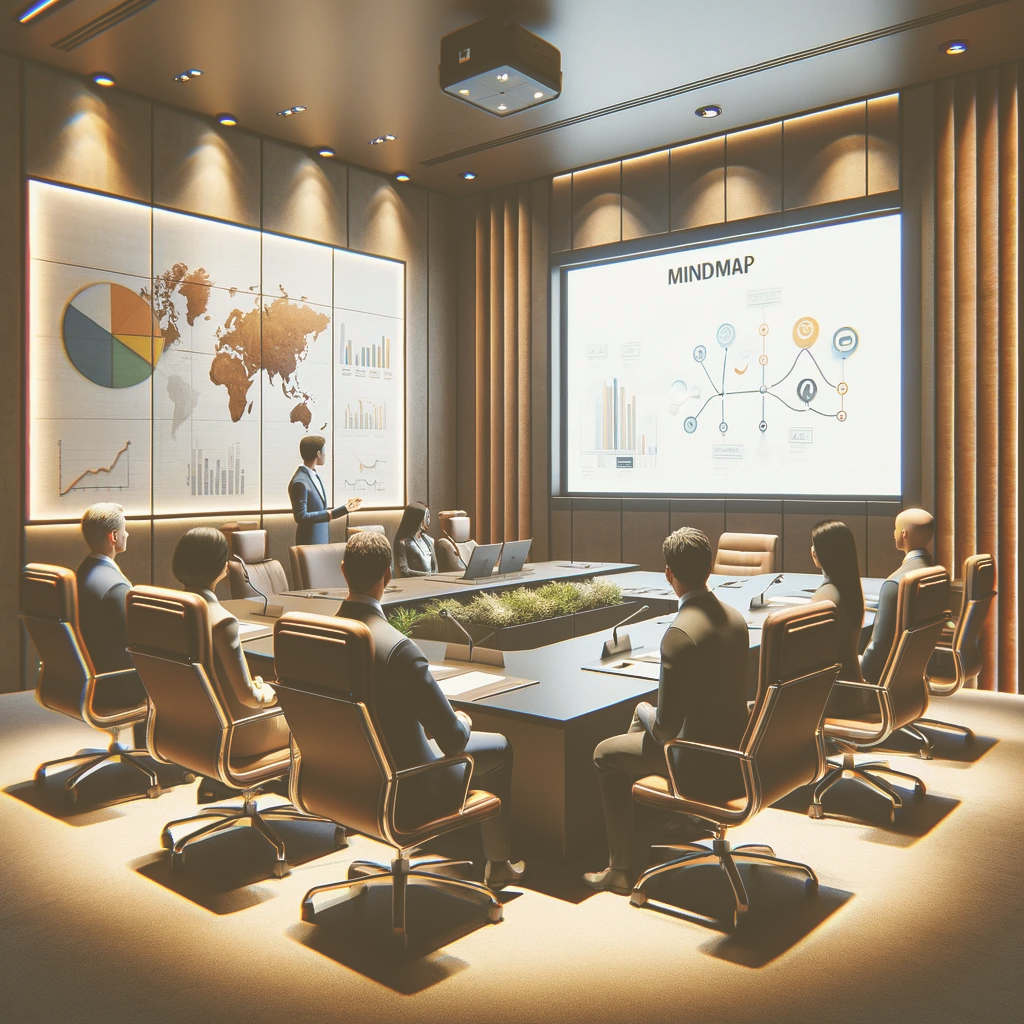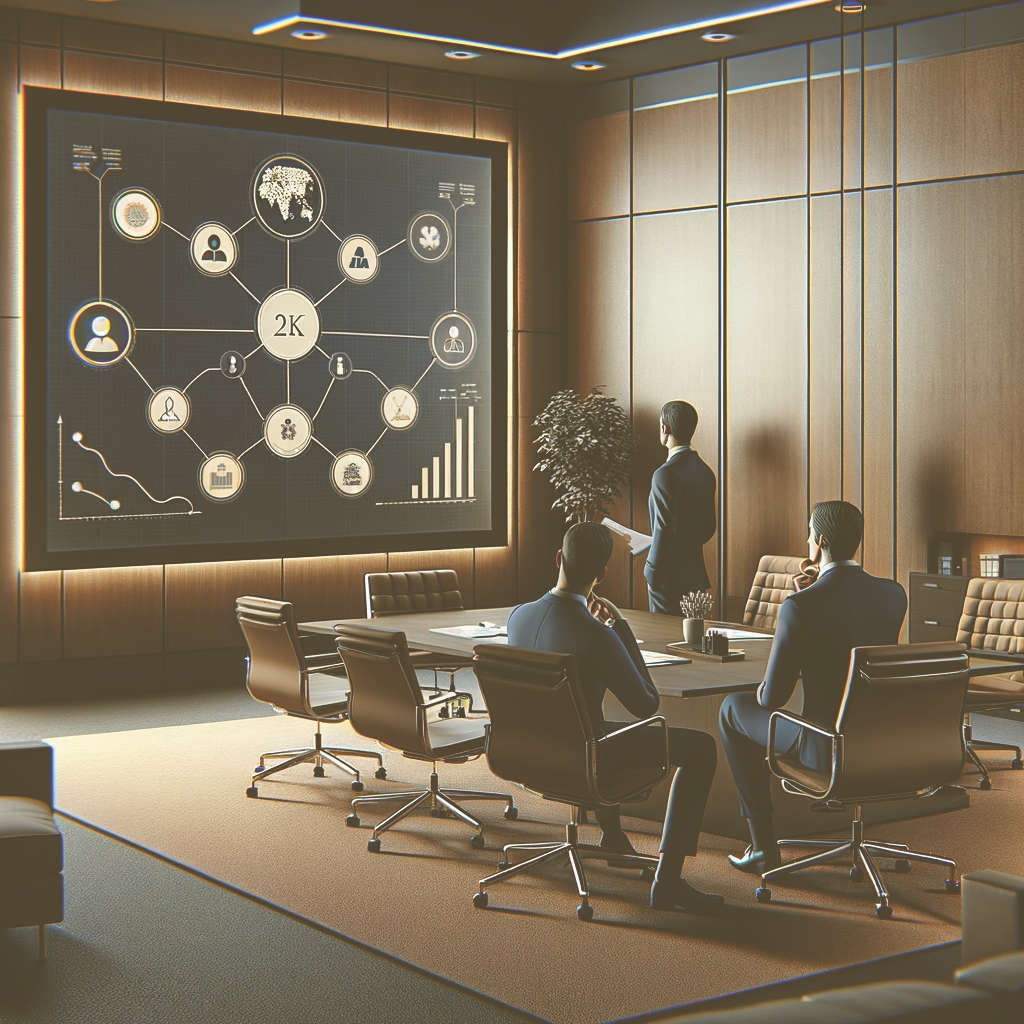MindMapping Services

Unleash Creativity and Efficiency with Mindmapping
Discover the power of Mindmapping at St. Louis Web Designz, where we turn complex ideas into clear, actionable strategies. Utilizing Mind Maps to enhance creativity, memory, and organization, we assist businesses in unlocking potential and achieving goals more effectively.
Delve deeper into the science and psychology underpinning Mindmapping with St. Louis Web Designz. Our approach is rooted in cognitive research, aligning with the brain's natural inclination for visual processing and associative thinking. Mindmapping taps into this by translating thoughts into a visual format, mirroring the brain's radiating and associative pathways. This method not only enhances memory retention but also fosters creative thinking by enabling the mind to connect ideas in a nonlinear way. Studies have shown that when information is structured in a way that mirrors our thought processes, it becomes more digestible and easier to recall, making Mindmapping an invaluable tool for complex problem-solving and strategic planning. By harnessing these cognitive principles, we empower businesses to unlock innovative solutions and streamline decision-making processes, turning intricate challenges into clear, actionable strategies.
Comprehensive Mindmapping Solutions

Hosted Meeting Facilitation
Productive, hosted meetings where ideas flow and solutions emerge organically, available online or in-person.

Brainstorming Sessions
Guided sessions harnessing group creativity to unlock innovative ideas and collaborative solutions.

Strategic, Business, and Operations Planning
Strategic planning sessions for focused action in business objectives, investments, and resource optimization.

Risk and Security Planning
Identifying and mitigating organizational and IT risks to secure your business against potential threats.
